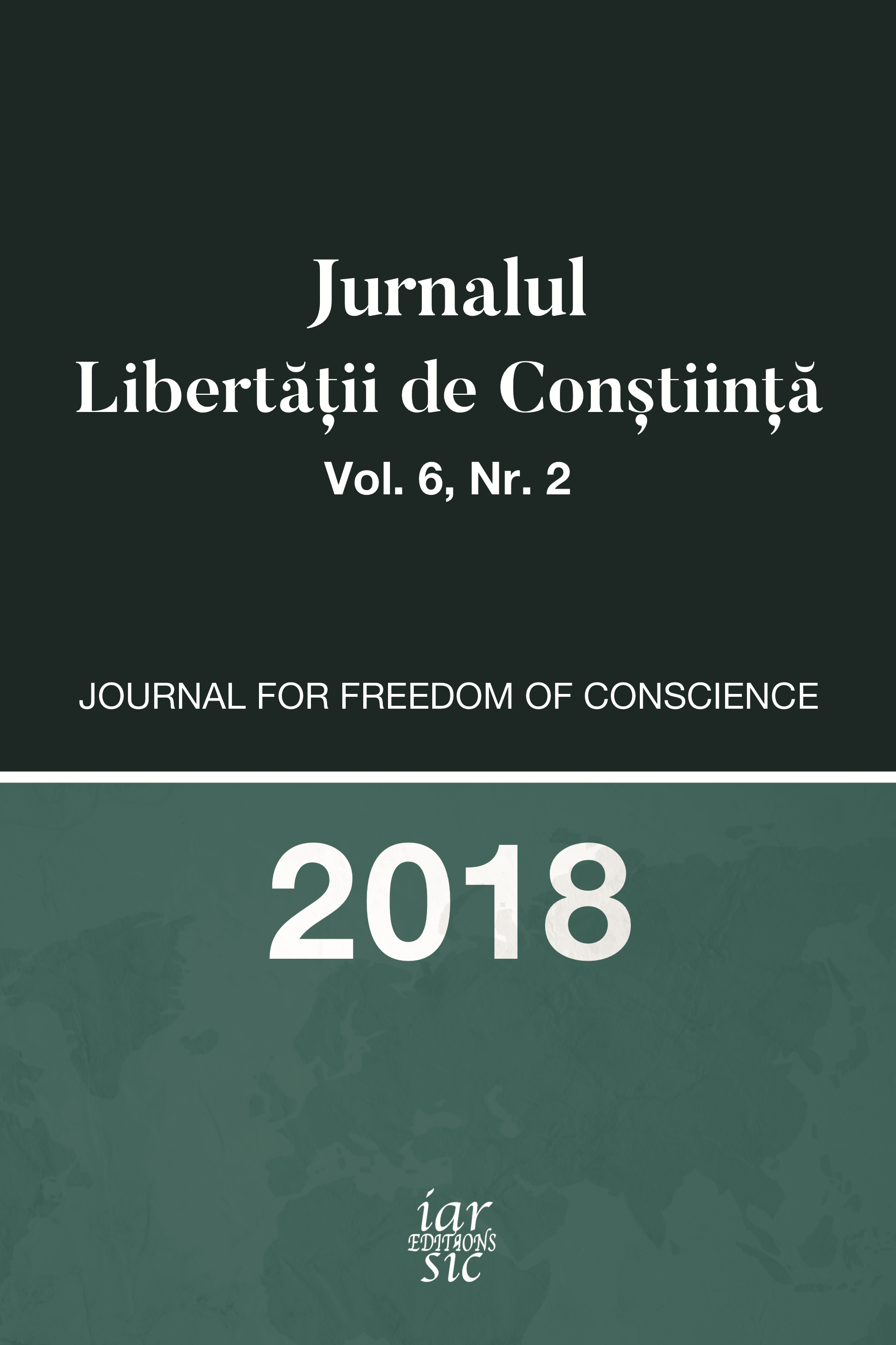THE MAIN ENDOGENOUS AND EXOGENOUS SOURCES OF RELIGIOUS CONFLICT OF THE ROMANIAN CONTEMPORARY SOCIETY
THE MAIN ENDOGENOUS AND EXOGENOUS SOURCES OF RELIGIOUS CONFLICT OF THE ROMANIAN CONTEMPORARY SOCIETY
Author(s): Laurenţiu TănaseSubject(s): Theology and Religion, Sociology of Religion
Published by: Editions IARSIC
Keywords: Religious conflict; religious modernity; Romania; The Orthodox Church; contemporary society;
Summary/Abstract: Romania is a Christian-Orthodox majority religious country, with the highest number of believers in the Southeast of Europe. Romania becomes a member of NATO in 2003 and of the European Union in 2007. The common European space and the advancement of religious modernity towards Eastern Europe accelerated the phenomenon of secularization in Romania and caused the Romanian society to respond to the challenges specific to the Western European religious space. The major Orthodox Christian religion is confronted, in the new European globalizing context, with the freedom of movement of persons and ideas as well as with the religious competition specific to pluralism, all these aspects creating the premise of the emergence of conflicting approaches of modernity by the religious institutions. These conflicting aspects were the main focus of study for this analysis. More specifically, we wanted to identify the endogenous and exogenous sources of religious conflict in the Romanian contemporary society. The reorganization of the Romanian society after the communist era and the challenges posed by the NATO and EU memberships, as well as the economic shocks generated by the 2009 global economic crisis and the crisis of the Syrian refugees in Europe, create a sense of social and economic development that is too slow, unlike the expectations of the population. Despite the natural resources and the important economic opportunities that Romania has, it has not seen an attractive economic development until now. The standard of living is low and European Union membership has made a large part of the Romanian labour force to emigrate in countries from Europe or across the ocean in America or Canada. This phenomenon of Romanian emigration has created a large network of Romanian religious communities in the European space, especially in countries with a linguistic cultural affinity similar to that of Romania, of Latin origin, such as Italy, Spain or France, but also in other European countries. The activity of these Romanian communities in the Diaspora contributes actively not only to the economic development of the countries of adoption, but also to the revitalization of the European religious life, by diminishing the evolution of the phenomenon of indifference and religious secularization that characterize the European common space.
Journal: Jurnalul Libertății de Conștiință
- Issue Year: 6/2018
- Issue No: 2
- Page Range: 245-262
- Page Count: 18
- Language: English

